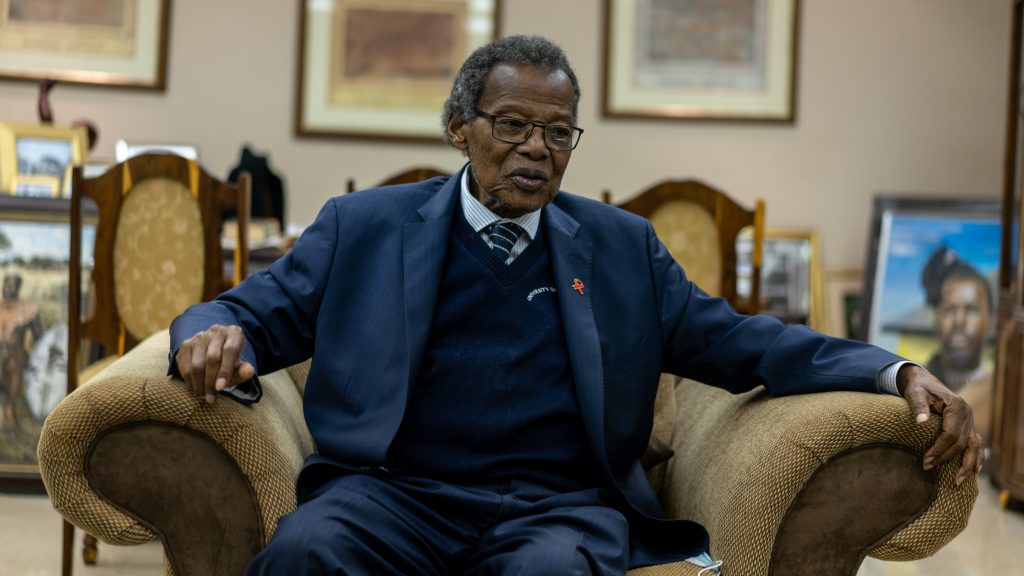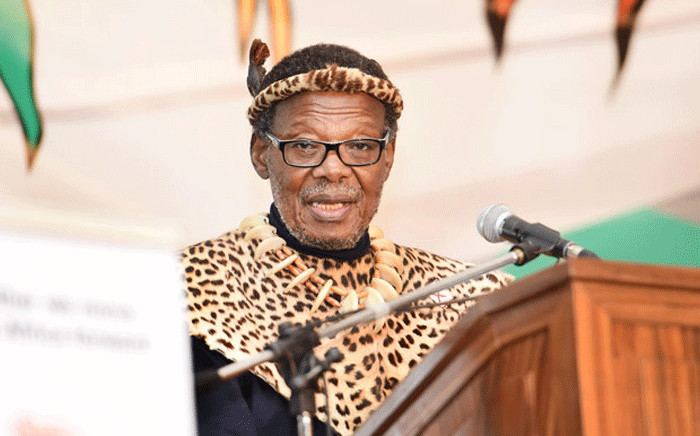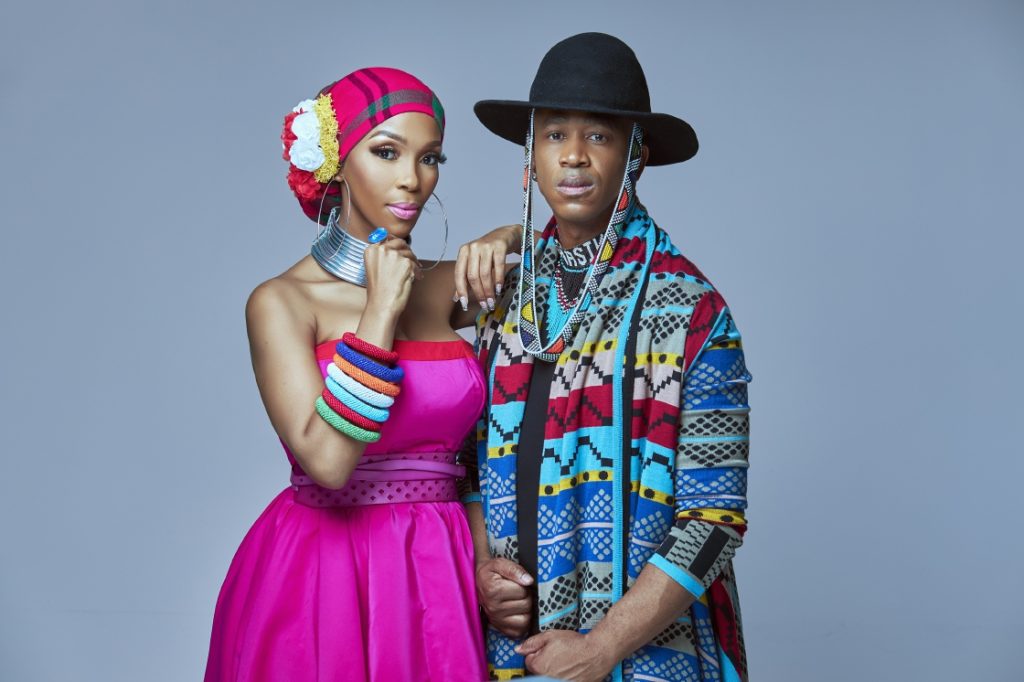Unraveling South Africa’s History and Icons: Apartheid, Mangosuthu Buthelezi, DBN Gogo’s Alleged Breakup with Focalistic, and Mafikizolo’s Journey
Apartheid, a term derived from Afrikaans meaning “separateness,” was a system of institutionalized racial segregation that persisted in South Africa and South West Africa (now Namibia) from 1948 until the early 1990s. The essence of apartheid lay in an authoritative political structure founded on “baasskap,” signifying ‘boss-ship’ or ‘boss-hood,’ which ensured the political, social, and economic dominance of South Africa by its minority white population. This system resulted in social stratification, with white citizens holding the highest status, followed by Indians and Coloureds, and then Black Africans. The enduring economic and social consequences of apartheid, notably inequality, persist to the present day.
Apartheid was broadly categorized into petty apartheid, involving the segregation of public facilities and social events, and grand apartheid, which dictated housing and employment opportunities based on race. The initial apartheid laws included the Prohibition of Mixed Marriages Act (1949) and the Immorality Amendment Act (1950), making interracial marriages and relationships illegal for most South African citizens. The Population Registration Act of 1950 classified individuals into racial groups (“Black,” “White,” “Coloured,” and “Indian”) based on appearance, ancestry, socioeconomic status, and cultural lifestyle.
Residential locations were determined by racial classification, leading to the forced removal of 3.5 million black Africans between 1960 and 1983, creating segregated neighborhoods in one of the largest mass evictions in modern history. Many of these relocations aimed to confine the black population to ten designated “tribal homelands” or bantustans, four of which were declared nominally independent states, resulting in the loss of South African citizenship for those relocated.
Apartheid faced substantial opposition on both international and domestic fronts, sparking influential global social movements. It incurred condemnation in the United Nations and led to extensive international sanctions, including arms embargoes and economic restrictions on South Africa. Internal resistance to apartheid escalated during the 1970s and 1980s, marked by harsh responses from the ruling National Party government and prolonged sectarian violence. The Truth and Reconciliation Commission revealed a toll of 21,000 deaths from political violence, with 7,000 occurring between 1948 and 1989 and 14,000 deaths and 22,000 injuries during the transition period from 1990 to 1994. Despite some reforms, such as Indian and Coloured political representation in parliament, these measures failed to satisfy most activist groups.
Apartheid was a system of institutionalized racial segregation and discrimination that took place in South Africa from 1948 to the early 1990s. The term “apartheid” is derived from Afrikaans and means “apartness.” The policy was implemented by the National Party government, which came to power in South Africa in 1948.
Key features of apartheid included:
Racial Classification:
- The Population Registration Act of 1950 classified South African citizens by race. People were categorized as White, Black, Coloured (mixed race), or Indian. This classification determined the rights and privileges individuals had under the law.
Separate Amenities Act:
- Facilities such as schools, hospitals, and public spaces were segregated based on race. Each racial group had separate amenities, with significant disparities in quality and resources.
Pass Laws:
- Pass laws were enacted to control the movement of non-White South Africans. They were required to carry passes, which specified where they were allowed to live and work. Violating these laws could result in arrest and punishment.
Group Areas Act:
- This law assigned specific areas for residence and business according to racial groups. As a result, many non-White communities were forcibly removed from areas designated for White settlement.
Bantu Education Act:
- The education system was segregated, with different schools for each racial group. The Bantu Education Act of 1953 aimed to provide education that would fit Africans for their role in the apartheid state, emphasizing manual labor and limited academic opportunities.
Resistance and Repression:
- Apartheid was met with resistance from various quarters, including anti-apartheid activists, political organizations, and international condemnation. The government responded with harsh repression, including arrests, detentions, and violent crackdowns.
International Sanctions:
- The apartheid regime faced increasing international isolation and condemnation. Various countries, organizations, and individuals participated in economic and cultural sanctions against South Africa.
- Here’s an overview of the international sanctions imposed during this period:
- United Nations Arms Embargo:
- In 1963, the United Nations Security Council imposed an arms embargo against South Africa, prohibiting the sale or transfer of weapons to the apartheid government.
- The arms embargo aimed to restrict the apartheid regime’s ability to suppress internal dissent and perpetuate its discriminatory policies through military force.
- Economic Sanctions:
- Several countries, including the United States, United Kingdom, and members of the European Union, implemented economic sanctions against South Africa.
- These sanctions included restrictions on trade, investment, and financial transactions with South Africa, aiming to weaken the apartheid government’s economic stability and isolate it diplomatically.
- Sporting Boycott:
- One of the most significant international sanctions was the sporting boycott against South Africa.
- South Africa was banned from participating in various international sporting events, including the Olympic Games and FIFA World Cup, due to its apartheid policies.
- The sporting boycott aimed to delegitimize the apartheid regime on the global stage and promote racial equality and integration in sports.
- Cultural and Academic Boycott:
- Cultural and academic institutions around the world participated in boycotts against South Africa, refusing to engage in cultural exchanges, academic collaborations, or performances in the country.
- These boycotts aimed to demonstrate solidarity with the anti-apartheid movement and condemn the apartheid regime’s repression of human rights and academic freedoms.
- Travel Restrictions:
- Many countries imposed travel restrictions on South African citizens, including visa bans and limitations on diplomatic relations.
- These restrictions aimed to limit the apartheid government’s ability to engage with the international community and promote accountability for its discriminatory policies.
- United Nations Declarations and Resolutions:
- The United Nations General Assembly adopted numerous resolutions condemning apartheid in South Africa and calling for the imposition of sanctions against the apartheid regime.
- These resolutions highlighted the international community’s commitment to promoting human rights, racial equality, and democracy in South Africa.
End of Apartheid:
- The end of apartheid began in the late 1980s with the dismantling of discriminatory laws and negotiations between the government and anti-apartheid leaders. In 1994, South Africa held its first democratic elections, and Nelson Mandela, leader of the African National Congress (ANC), became the country’s first Black president.
Nelson Mandela’s release from prison in 1990 and the subsequent negotiations led to the formal end of apartheid, marking a significant turning point in South Africa’s history.
Mangosuthu Buthelezi: South African Politician and Traditional Zulu Prime Minister (1954-2023)
Mangosuthu Buthelezi, full name Gatsha Mangosuthu Buthelezi, is a prominent South African politician and traditional leader. Here’s an overview of his life and career:
Early Life:
- Born on August 27, 1928, in Mahlabathini, a small village in the Zululand region of South Africa.
- He is a member of the Zulu royal family, a descendent of King Dinuzulu, and a distant relative of the Zulu monarch, King Goodwill Zwelithini.
Education:
- Buthelezi attended the University of Fort Hare, where he studied History and Bantu Administration.
- Later, he earned a Bachelor of Arts degree from the University of Natal.

Political Career:
- Buthelezi entered politics and became an influential leader in the anti-apartheid movement.
- He served as the Chief Executive Officer of the KwaZulu Territorial Authority, a body created by the apartheid government.
- In 1972, he founded the Inkatha National Cultural Liberation Movement (INCLM), later renamed the Inkatha Freedom Party (IFP), a political party with a strong base in KwaZulu-Natal.
- Buthelezi advocated for the rights of the Zulu people and worked for a federal system within South Africa.
- He played a significant role in brokering peace agreements and ending political violence in KwaZulu-Natal during the transition to democracy.
Post-Apartheid Era:
- After the end of apartheid, Buthelezi served as the Minister of Home Affairs in Nelson Mandela’s government from 1994 to 2004.
- He also served as Deputy President of South Africa from 1994 to 2005.

Traditional Leadership:
- In addition to his political career, Buthelezi holds the position of Prime Minister to the Zulu Monarch and Nation.
- He is the traditional leader of the Buthelezi clan and has played a significant role in preserving Zulu culture and traditions.
Retirement:
- Mangosuthu Buthelezi stepped down as the leader of the Inkatha Freedom Party in 2019 after serving for over four decades.
Mangosuthu Buthelezi is a complex figure in South African politics, known for his efforts in both the anti-apartheid struggle and post-apartheid governance. His legacy includes contributions to peace negotiations and the preservation of Zulu heritage.
DBN Gogo – Biography and Also Alleged Reason for Break Up With Focalistic
DBN Gogo, whose real name is Mandisa Radebe (uMaka Mah), was born on May 30, 1993, and she is actively working to establish herself in the South African entertainment industry.
Renowned for her skills, DBN Gogo excels as a versatile disc jockey. In addition to her DJ prowess, she is recognized as an accomplished entertainer, record producer, hype lady, singer, and songwriter.
In an industry where dedication and commitment are crucial, DBN Gogo stands out as a female DJ who passionately pursues her craft. Despite societal expectations, she continues to break barriers and showcase her talent. Let’s delve into the life of this exceptional disc jockey.
Early Stories
DBN Gogo, born on May 30, 1993, in Durban, hails from the family of the esteemed politician Jeff Radebe. Her father, Jeff Radebe, is a prominent and influential figure in South African politics, and he is a cousin to the country’s president, Cyril Ramaphosa. DBN Gogo’s mother is named Bridgette Motsepe.

After returning from France, where she spent part of her childhood, DBN Gogo grew up in Pretoria. It was during her time in France that she developed a keen interest in music.
The moniker “DBN Gogo” was bestowed upon her by her friends, although the specific reason behind the name has not been disclosed.
Education
DBN Gogo pursued her education in law at an undisclosed university. Unfortunately, details about her primary and high school education are not available at the moment.
In addition to her legal studies, DBN Gogo is proficient in French. She possesses a fluent command of the French language, reflecting her multicultural background and experiences.

Personal Life
DBN Gogo has expressed her deep connection to music, revealing in an interview that being a DJ has resonated with her for a significant period. She shared that her musical journey has encompassed playing the piano, singing, dancing, and engaging in various musical activities. This passion for all things musical has played a pivotal role in shaping her career as a DJ.
Sources close to Amapiano artists Focalistic and DBN Gogo suggest that the couple has ended their relationship after publicly announcing their romance on Valentine’s Day in 2022. The sources, opting to remain anonymous, revealed that the pair is private and won’t disclose the reasons for their breakup. Allegedly, another Amapiano star may have played a role in their relationship troubles. Despite previously sharing their relationship on social media, there are speculations that their reveal could have been a publicity stunt to promote their music.
There are also cheating allegations on social media, which might have resulted in their relationship ending towards the end of 2022.

The pair also hinted they travelled to Paris, London, and France in March 2022 by sharing pictures on their social media accounts.
Famous South African Duo – Mafikizolo – Early Life, Collaborations, Awards
Established in 1996, Mafikizolo is a South African Afro-pop duo comprising composer Theo Kgosinkwe and lead vocalist Nhlanhla Nciza. Their prominence grew with the release of hit singles such as “Ndihamba Nawe kuphela,” “Kwela Kwela,” “Sibongile,” and “Udakwa Njalo.” The group unveiled their eponymous album, Mafikizolo, in 1997, followed by Music Revolution in 1999.
In the year 2000, Mafikizolo launched their third album, Gate Crashers, which went on to become their highest-selling record.
Accumulating an impressive accolade count, Mafikizolo boasts 14 South African Music Awards and 2 MTV Africa Music Awards, securing recognition in categories such as Best Duo or Group of the Year.

1997-2002: Mafikizolo, Music Revolution, and Sibongile
Mafikizolo burst onto the scene in 1997 as a kwaito group with their late member Tebogo Madingoane, who tragically passed away on February 14, 2004. Their self-titled album, Mafikizolo, marked their debut, followed by the 1999 release of Music Revolution and the 2000 album Gate Crashers, featuring hits like “Lotto” and “Majika.”
Following a harrowing accident that left Nhlanhla Nciza hospitalized, they unveiled the critically acclaimed Sibongile album in 2002, showcasing the standout single “Ndihamba Nawe.”
2003-2010: Kwela, Van Toeka Af, and Six Mabone
In 2003, they introduced Kwela, which included the Hugh Masekela-assisted “Kwela Kwela,” “Udakwa Njalo,” and “Emlanjeni.” The 2005 release, Van Toeka Af, featured tracks like Nisixoshelani and Mas’Thokoze, while Six Mabone (2006) included “O Tswa Kae” and “Love Potion.” Six Mabone preceded their hiatus, and during the break in 2009, they released a compilation album titled The Best, featuring the new song “Walila.”

2011-2018: Reunited and 20
The group reunited in 2013, unveiling the internationally acclaimed single “Khona” featuring Uhuru. In 2014, they performed “Khona” at the MTV Africa Music Awards. Their first post-hiatus album, Reunited (2013), earned them multiple awards at the 20th South Africa Music Awards. To promote Reunited, they embarked on a UK Tour in 2013. In 2017, they released 20, commemorating their 20th anniversary, with hits like “Love Potion” and the Yemi Alade-assisted “Ofana Nawe.” At the 24th South African Music Awards, 20 received three nominations, winning Duo/Group of the Year and Best Engineered Album.
2019-present: Idwala
After a three-year hiatus, they announced their upcoming album scheduled for release in 2022. In November 2021, they dropped the single “Mamezala” featuring South African singer Simmy, reaching number 9 on the Radio Monitor Charts. On June 10, 2022, they released “10k” featuring South African singer Sjava. Their twelfth studio album, Idwala, was released on August 26, 2022.
List of Mafikizolo’s featurings
Uhuru
Davido
Oskido
Awards & Achievements
Mafikizolo has won several awards over the years including two South African Music Awards (SAMAs) for Best Vocal Group/Duo in 2012 and 2014. They have also been nominated for several awards including a BET Award for Best International Act: Africa in 2013.
Discography
Mafikizolo has released seven studio albums over the years: Sibongile (1999), Van Toeka Af (2001), Gate Crashers (2003), Six Mabone (2005), Reunited (2010), 20 (2014), and 20 Years of Mafikizolo (2019). They have also released numerous singles and collaborations with other artists.
Conclusion
Mafikizolo is one of the most successful music groups in Africa. With their unique sound and powerful lyrics, they have created an impressive discography that will stand the test of time. They have also collaborated with many other artists to create some truly amazing music.
Read More Exploring the Origins of Cape Malay, Xhosa, and Indian South Africans

